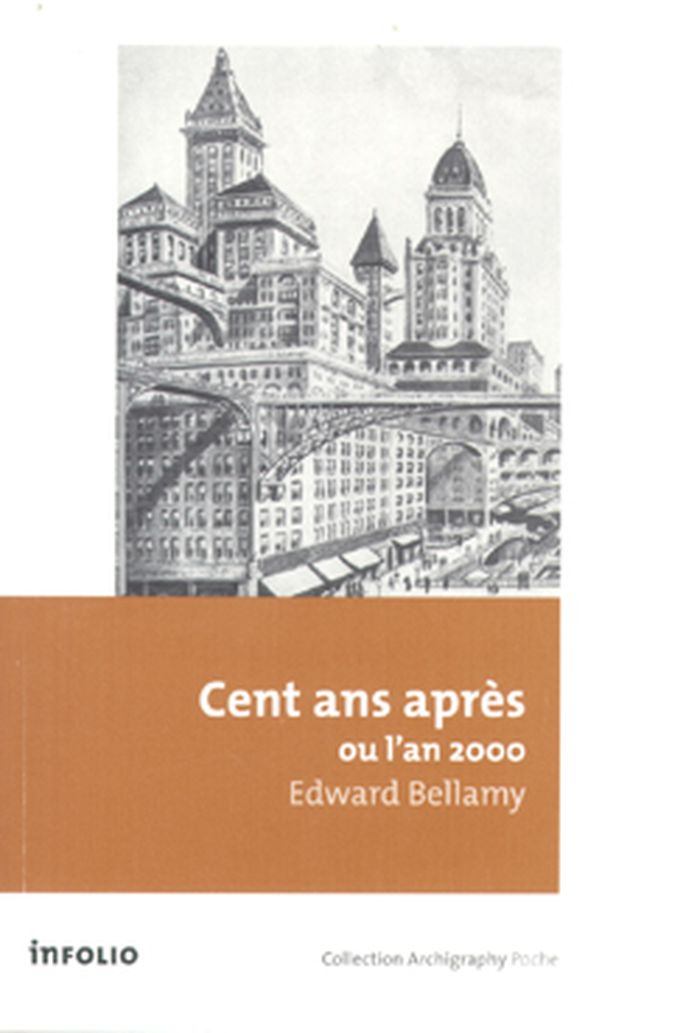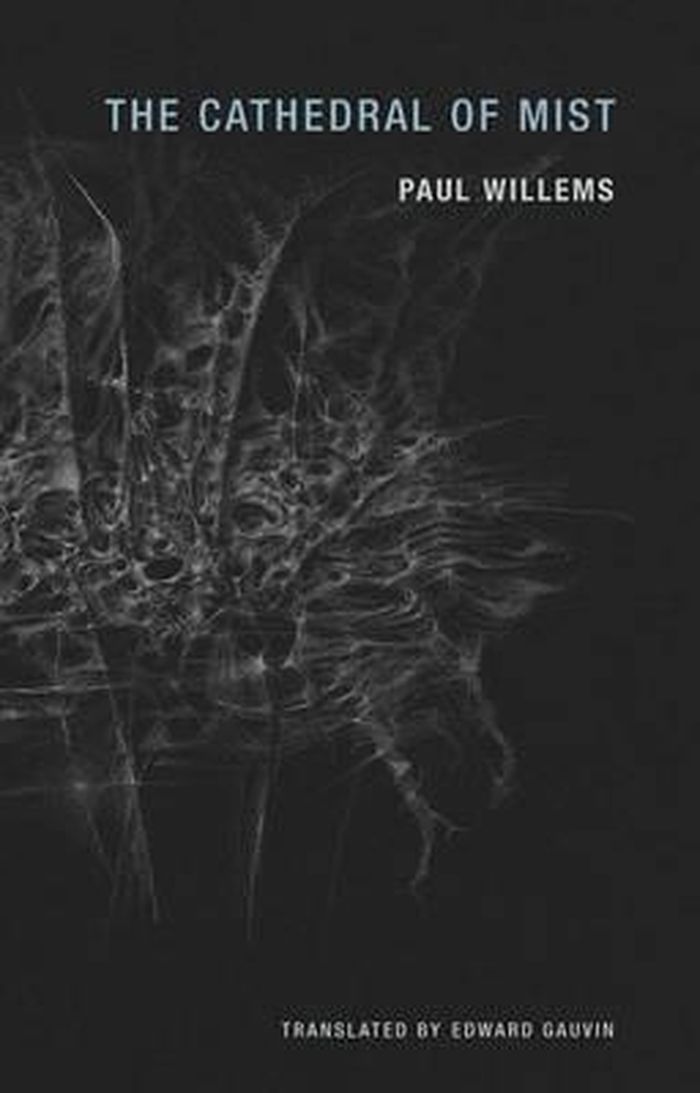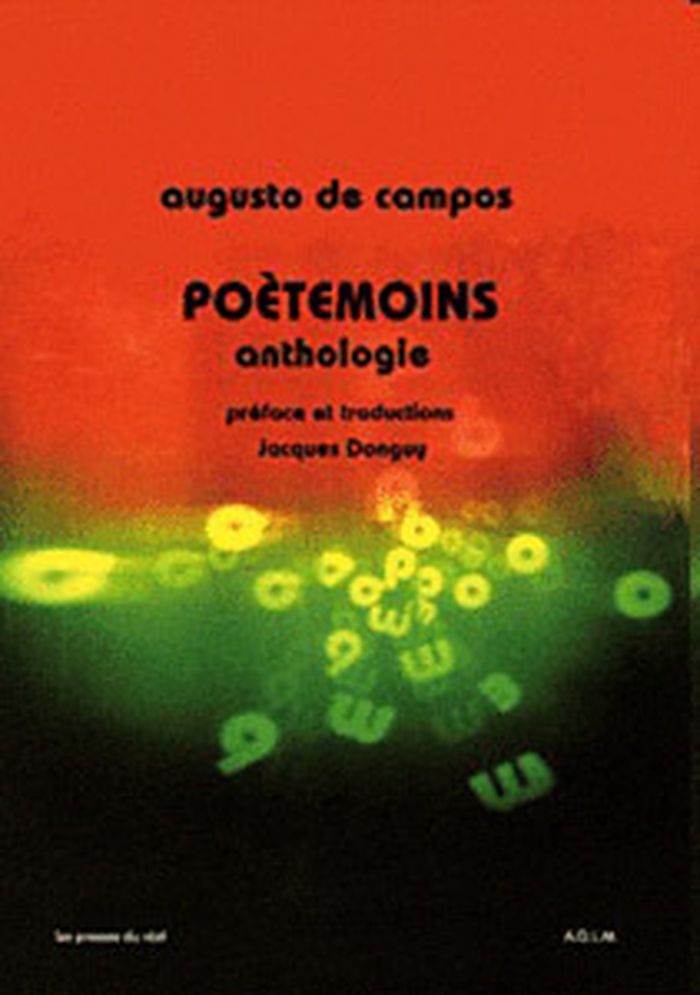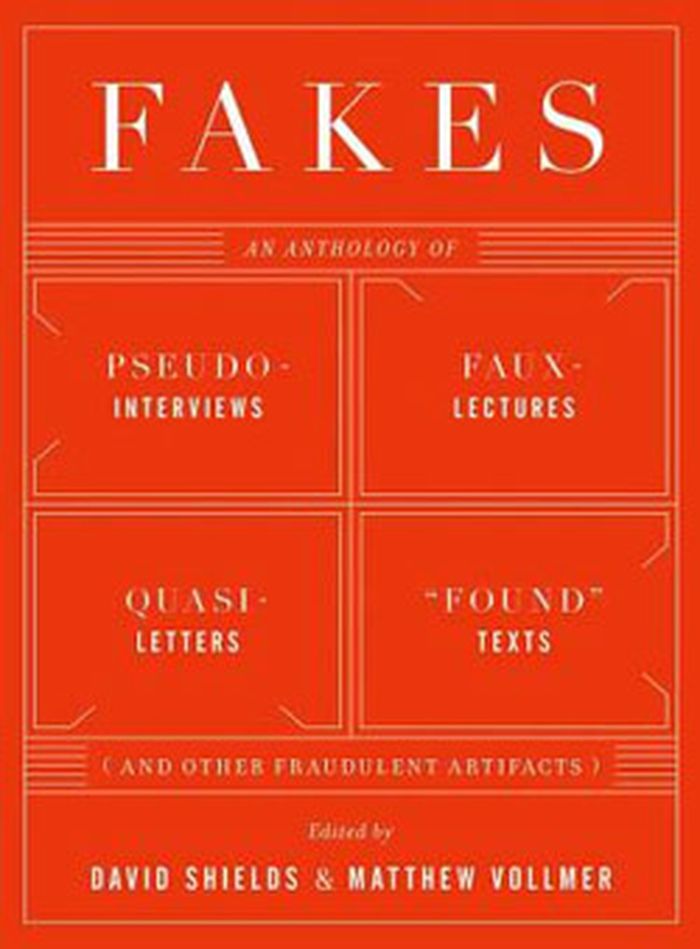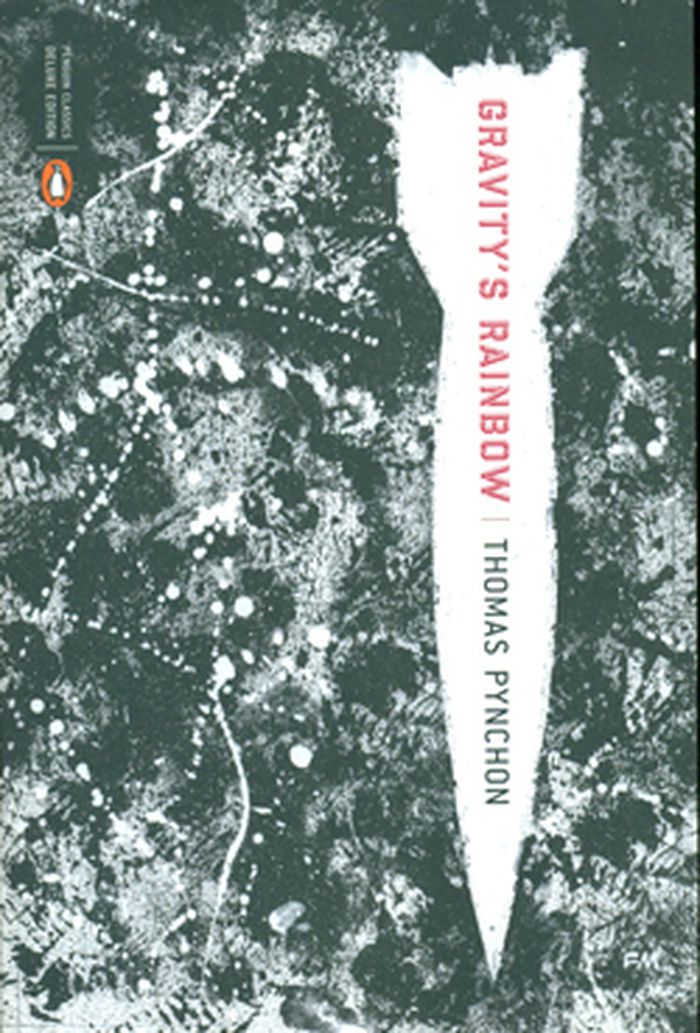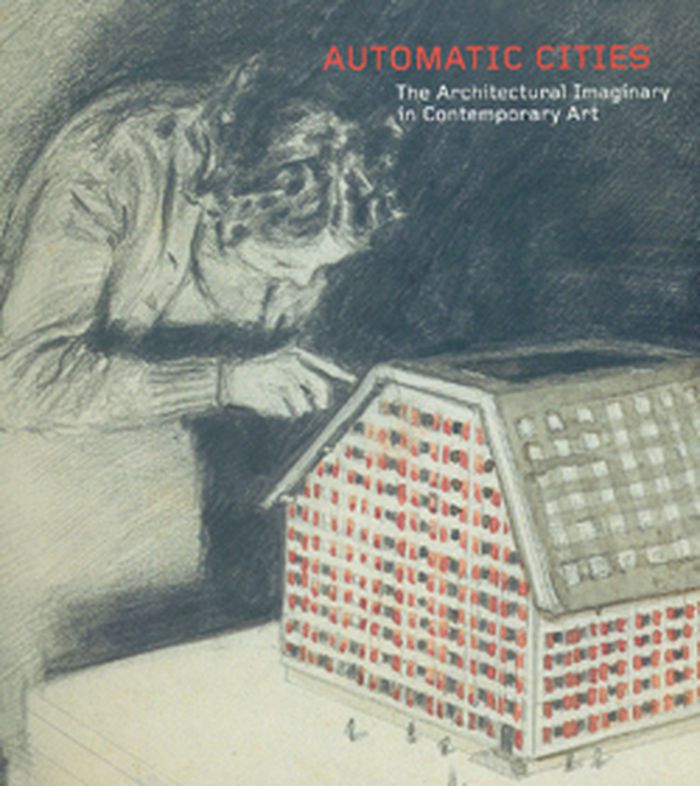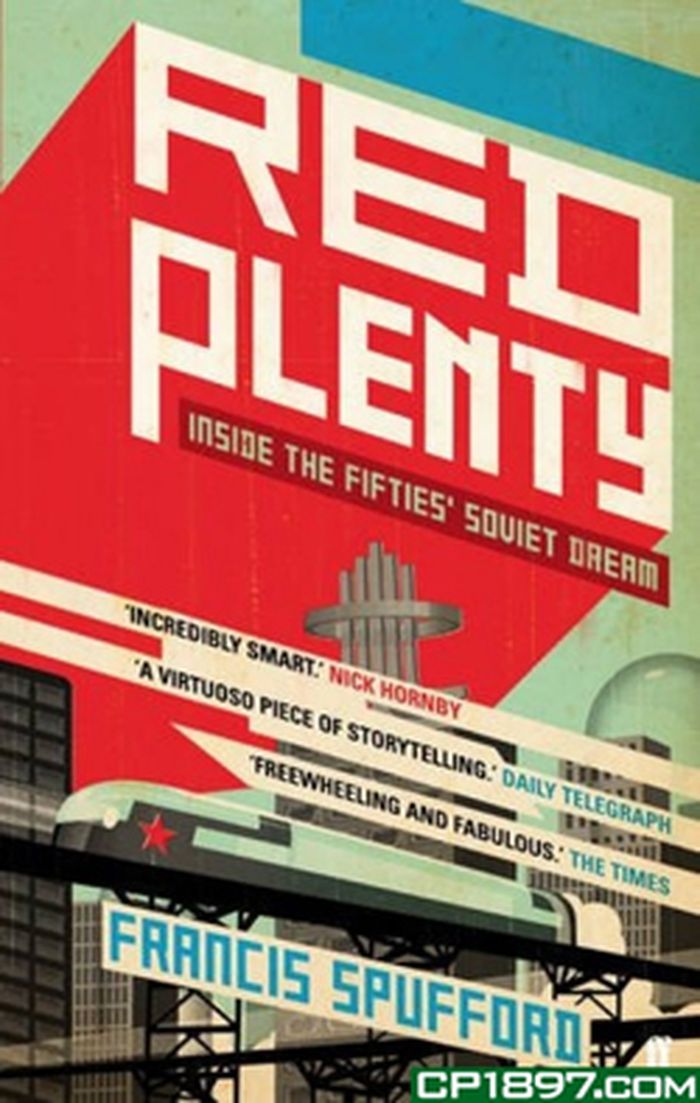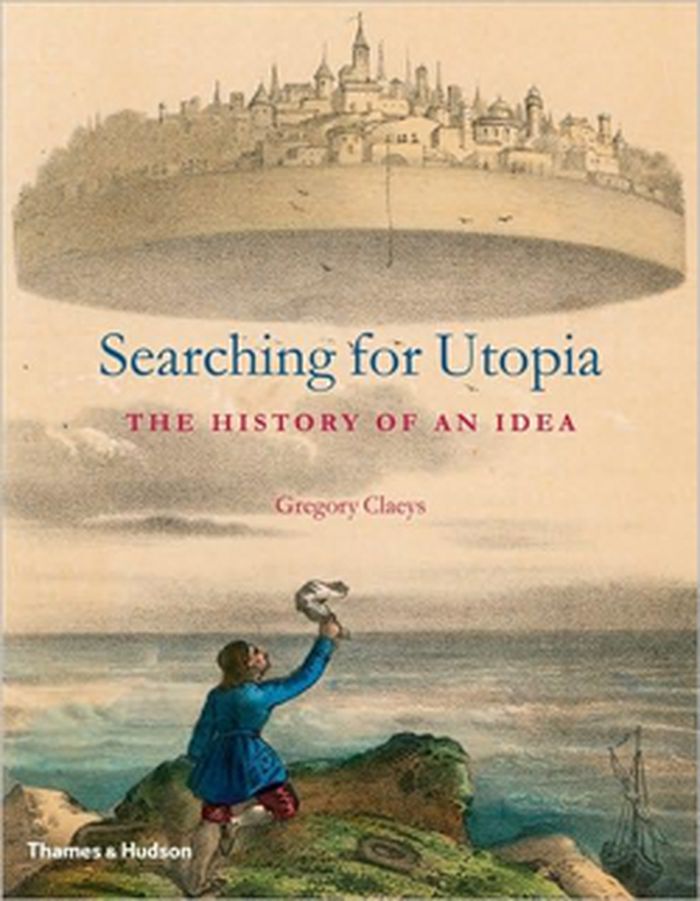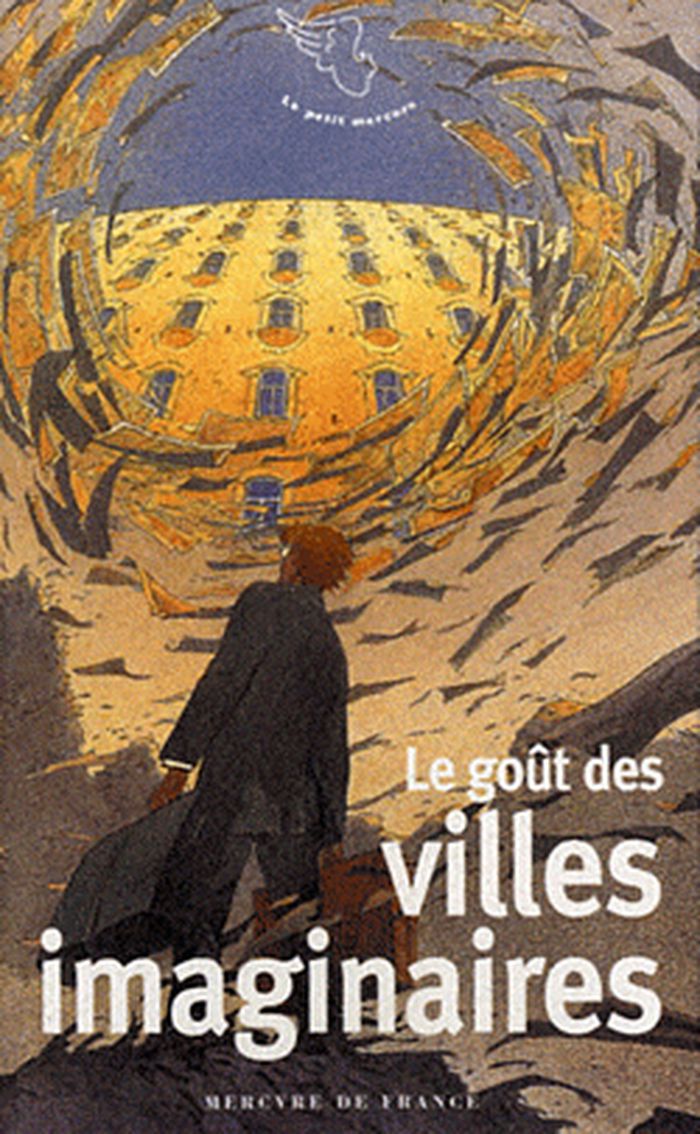Cent ans après ou l'an 2000
$19.95
(disponible sur commande)
Résumé:
Julian West, jeune homme de bonne famille, s’endort en 1887 et émerge d’un long sommeil en 2000. Boston a considérablement changé, mais ce qui va l’étonner concerne le fonctionnement de l’économie, du travail, des loisirs, de la famille et de l’État. Dès sa parution en 1888, l’ouvrage a connu un grand succès et a été traduit dans plusieurs langues.
Cent ans après ou l'an 2000
Actions:
Prix:
$19.95
(disponible sur commande)
Résumé:
Julian West, jeune homme de bonne famille, s’endort en 1887 et émerge d’un long sommeil en 2000. Boston a considérablement changé, mais ce qui va l’étonner concerne le fonctionnement de l’économie, du travail, des loisirs, de la famille et de l’État. Dès sa parution en 1888, l’ouvrage a connu un grand succès et a été traduit dans plusieurs langues.
Architecture et l'imaginaire
livres
$31.95
(disponible en magasin)
Résumé:
In "The Emerald City", Dan Willis takes us on a flight of imagination that paradoxically never strays far from the most tangible, even intimate subjects. His essays range from the Tower of Babel to the Wizard of Oz, from Christo to Christmas trees, from the "lightness of(...)
juin 1999, New York
The emerald city and other essays on the architectural imagination
Actions:
Prix:
$31.95
(disponible en magasin)
Résumé:
In "The Emerald City", Dan Willis takes us on a flight of imagination that paradoxically never strays far from the most tangible, even intimate subjects. His essays range from the Tower of Babel to the Wizard of Oz, from Christo to Christmas trees, from the "lightness of being" to the "weight of architecture." This ultimately optimistic book suggests that architecture is as vital as ever. The texts draw equally from literary sources, architectural practice, philosophical analyses, pop culture, and everyday experiences. Willis's perspective as a writer, architect, artist, and teacher informs his work; his texts are at once reflective and proactive, as they challenge readers to rethink their participation in the built environment.
livres
juin 1999, New York
The cathedral of mist
$16.95
(disponible sur commande)
Résumé:
First published in French in 1983, 'The Cathedral of Mist' is a collection of stories from the last of the great Francophone Belgian fantasists: distilled tales of distant journeys, buried memories and impossible architecture. Described here are the emotionally disturbed architectural plan for a palace of emptiness; the experience of snowfall in a bed in the middle of a(...)
The cathedral of mist
Actions:
Prix:
$16.95
(disponible sur commande)
Résumé:
First published in French in 1983, 'The Cathedral of Mist' is a collection of stories from the last of the great Francophone Belgian fantasists: distilled tales of distant journeys, buried memories and impossible architecture. Described here are the emotionally disturbed architectural plan for a palace of emptiness; the experience of snowfall in a bed in the middle of a Finnish forest; the memory chambers that fuel the marvelous futility of the endeavor to write; the beautiful woodland church, built of warm air currents and fog, scattering in storms and taking renewed shape at dusk, that gives this book its title.
Architecture et l'imaginaire
Poètemoins, anthologie
$34.95
(disponible sur commande)
Résumé:
L'anthologie du fondateur de la Poésie Concrète au Brésil, auteur d'une œuvre radicale aussi influente dans le champ littéraire qu'artistique. L'anthologie bilingue Poètemoins d'Augusto de Campos regroupe un choix de poèmes à partir de ses trois recueils Viva Vaia (Viva Vivant), Despoesia (Dépoésie) et Nao Poemas (Non Poèmes), des mythiques Poetamenos de 1953 à ses(...)
Poètemoins, anthologie
Actions:
Prix:
$34.95
(disponible sur commande)
Résumé:
L'anthologie du fondateur de la Poésie Concrète au Brésil, auteur d'une œuvre radicale aussi influente dans le champ littéraire qu'artistique. L'anthologie bilingue Poètemoins d'Augusto de Campos regroupe un choix de poèmes à partir de ses trois recueils Viva Vaia (Viva Vivant), Despoesia (Dépoésie) et Nao Poemas (Non Poèmes), des mythiques Poetamenos de 1953 à ses dernières créations. L'ouvrage commence (couverture) par un hommage à Mallarmé, l'hologramme Poema Bomba, à partir d'une phrase citée par Sartre : «Il n'y a pas d'autre bombe qu'un poème» et se termine par une phrase de Mallarmé mise en page typographiquement à la manière concrétiste : «Des contemporains ne savent pas lire», en réponse à un reproche d'obscurité qu'on lui faisait. Cette traduction des principaux poèmes d'Augusto de Campos, le poète de São Paulo à l'origine en 1953, avec le poète suisse Eugen Gomringer, du mouvement international de la Poésie Concrète, a été réalisée à partir notamment des derniers recueils parus au Brésil, dont Não, Non. Les derniers poèmes (notamment présentés dans le cadre de la 11e Biennale de Lyon) sont en fait des fichiers informatiques conçus comme des œuvres. La question posée est celle de la modernité en écriture. Augusto de Campos nous renvoie à cette modernité initiée en France par le Coup de Dés de Mallarmé ou les Idéogrammes lyriques d'Apollinaire. Un poème pose la question de la post avant-garde : Pós-tudo, Post-tout. Avec le mot «MUDO», à la fois «je change» et «muet». L'usage de l'ordinateur comme médium ouvre de nouvelles possibilités à cette avant-garde. Ce qui n'empêche pas le livre, comme en témoigne cet objet, impossible à réaliser sans l'ordinateur. Préface et traductions : Jacques Donguy.
Architecture et l'imaginaire
$20.00
(disponible sur commande)
Résumé:
Contemporary short stories enacting giddy, witty revenge on the documents that define and dominate our lives.
Fakes : an anthology of pseudo-interviews, faux-lectures, quasi-letters,
Actions:
Prix:
$20.00
(disponible sur commande)
Résumé:
Contemporary short stories enacting giddy, witty revenge on the documents that define and dominate our lives.
Architecture et l'imaginaire
Gravity's rainbow
$22.00
(disponible sur commande)
Résumé:
Winner of the 1973 National Book Award, Gravity’s Rainbow is a postmodern epic, a work as exhaustively significant to the second half of the twentieth century as Joyce’s Ulysses was to the first. Its sprawling, encyclopedic narrative and penetrating analysis of the impact of technology on society make it an intellectual tour de force.
Gravity's rainbow
Actions:
Prix:
$22.00
(disponible sur commande)
Résumé:
Winner of the 1973 National Book Award, Gravity’s Rainbow is a postmodern epic, a work as exhaustively significant to the second half of the twentieth century as Joyce’s Ulysses was to the first. Its sprawling, encyclopedic narrative and penetrating analysis of the impact of technology on society make it an intellectual tour de force.
$40.00
(disponible en magasin)
Résumé:
The "architectural imaginary" describes architecture in its broadest sense: images of cities drawn from collective experience and imagination. Hailing from 11 countries, each of the 14 artists who have contributed to Automatic Cities engage the psychological and sociopolitical aspects of architecture through their work, mapping the influence of the architectural imaginary(...)
août 2009
Automatic cities: the architectural imaginary in contemporary art
Actions:
Prix:
$40.00
(disponible en magasin)
Résumé:
The "architectural imaginary" describes architecture in its broadest sense: images of cities drawn from collective experience and imagination. Hailing from 11 countries, each of the 14 artists who have contributed to Automatic Cities engage the psychological and sociopolitical aspects of architecture through their work, mapping the influence of the architectural imaginary on contemporary visual art. The book is organized into four thematic groupings. Matthew Buckingham, Ann Lislegaard and Paul Noble treat architecture's relationship to language; "Architecture and Memory" includes installations by Saskia Olde Wolbers, Hiraki Sawa and Rachel Whiteread; "Architecture as Model" encompasses installations by Michael Borremans, Los Carpinteros, Catharina van Eetvelde and Katrin Sigurdardottir; and the theme of surveillance is explored by Jakob Kolding, Sarah Oppenheimer, Julie Mehretu and Matthew Ritchie.
$18.00
(disponible sur commande)
Résumé:
The Soviet Union was founded on a fairytale. It was built on 20th-century magic called 'the planned economy', which was going to gush forth an abundance of good things that the penny-pinching lands of capitalism could never match. And just for a little while, in the heady years of the late 1950s, the magic seemed to be working. "Red Plenty" is about that moment in(...)
Red plenty: inside the fifties' soviet dream
Actions:
Prix:
$18.00
(disponible sur commande)
Résumé:
The Soviet Union was founded on a fairytale. It was built on 20th-century magic called 'the planned economy', which was going to gush forth an abundance of good things that the penny-pinching lands of capitalism could never match. And just for a little while, in the heady years of the late 1950s, the magic seemed to be working. "Red Plenty" is about that moment in history, and how it came, and how it went away; about the brief era when, under the rash leadership of Nikita Khrushchev, the Soviet Union looked forward to a future of rich communists and envious capitalists, when Moscow would out-glitter Manhattan, every Lada would be better engineered than a Porsche and sputniks would lead the way to the stars. And it's about the scientists who did their genuinely brilliant best to make the dream come true, to give the tyranny its happy ending.
Architecture et l'imaginaire
$50.00
(disponible sur commande)
Résumé:
Searching for Utopia surveys the influence of the idea of utopia on history, literature, art, architecture, and religious and political thought. Central to his exploration of ideal worlds are creation myths; archetypes of heaven and the afterlife; new worlds and voyages of discovery; ages of revolution and technological progress; model communities and kibbutzim; political(...)
Searching for utopia: The history of an idea
Actions:
Prix:
$50.00
(disponible sur commande)
Résumé:
Searching for Utopia surveys the influence of the idea of utopia on history, literature, art, architecture, and religious and political thought. Central to his exploration of ideal worlds are creation myths; archetypes of heaven and the afterlife; new worlds and voyages of discovery; ages of revolution and technological progress; model communities and kibbutzim; political and ecological dystopias; space travel and science fiction.
Architecture et l'imaginaire
$12.25
(disponible sur commande)
Résumé:
Villes réinventées, rêvées ou idéales, aucune ne figure sur les cartes du temps présent, et pourtant l'on peut s'y promener, en contempler les splendeurs architecturales, converser avec leurs habitants, mais aussi avoir maille à partir avec les autorités, se faire dépouiller dans quelque taverne mal famée... Le présent ouvrage est donc complété de quelques informations(...)
Le goût des villes imaginaires
Actions:
Prix:
$12.25
(disponible sur commande)
Résumé:
Villes réinventées, rêvées ou idéales, aucune ne figure sur les cartes du temps présent, et pourtant l'on peut s'y promener, en contempler les splendeurs architecturales, converser avec leurs habitants, mais aussi avoir maille à partir avec les autorités, se faire dépouiller dans quelque taverne mal famée... Le présent ouvrage est donc complété de quelques informations pratiques essentielles, afin d'avertir le voyageur des coutumes étranges et des pièges mortels qu'il affrontera inévitablement au cours de ces incursions dans l'espace-temps.
